MonaLisa Touch is an innovative laser, designed and produced by DEKA (Italy), that delivers fractional CO2 laser energy to soft tissues. The procedure is performed in an office environment typically without the need for anesthesia.
A laser procedure option for gynecologic use†
By delivering fractional CO2 laser energy to tissue, the MonaLisa Touch procedure may help women feel like themselves again.
Deeper penetration. Unique Technology.
The MonaLisa Touch procedure uses fractional laser technology and has proprietary stacking software, which allows repetitive firing of the laser with more concentrated energy.
Enables deeper penetration of energy into soft tissues
Adopted by practitioners around the world
The MonaLisa Touch laser is widely used and has been embraced by hundreds of experts in female pelvic health. It’s a well-tolerated procedure performed in-office and typically does not need anesthesia.
Depending on the laser procedure, your doctor may recommend you refrain from sexual activity for 2-3 days. Your doctor will determine a post-procedure regimen that is right for you.
Post procedure, most patients can return to their normal routine with little to no downtime.
Cynosure MonaLisa Touch Treat:
This advanced vaginal rejuvenation procedure can treat different concerns such as the following:
- Vaginal atrophy (thinning, drying and inflammation of the vaginal walls)
- Painful sexual intercourse
- Urinary stress incontinence
- Vaginal itching
- Loose or sagging vaginal skin or tissue
- Labia minora hypertrophy (enlargement of vaginal lips)
Cynosure MonaLisa Touch Work:
During the treatment, the practitioner will insert a sterile swab into the vagina to dry the vaginal canal. The laser probe will then be inserted and the treatment commences. The Cynosure MonaLisa Touch laser works by optically splitting a laser beam into a series of very small dots to create ablated dots of damaged tissue within the vaginal wall. These microdots are then interpreted by the body as a form of injury and responds by stimulating the production of new collagen to repair damaged tissues. This in turn results in the thickening of the vaginal lining, restoration of vaginal pH and lubrication, and improvement of vaginal blood flow.

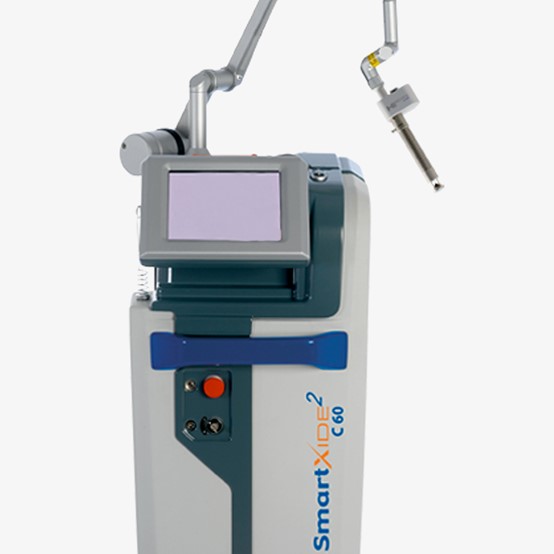
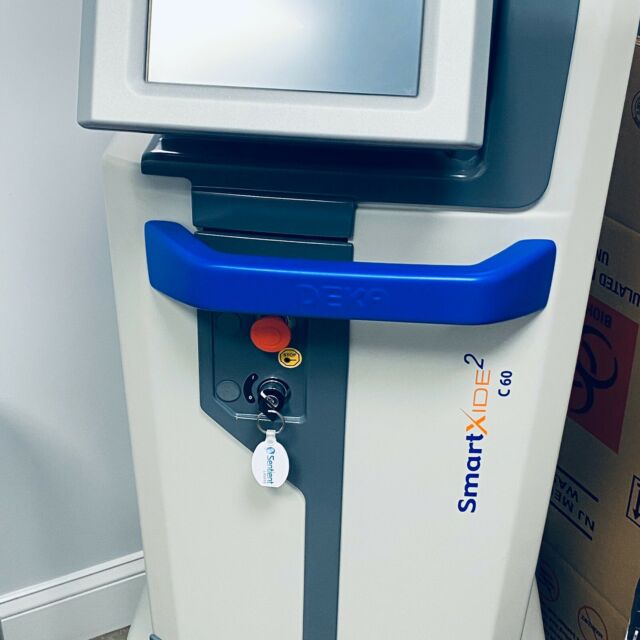
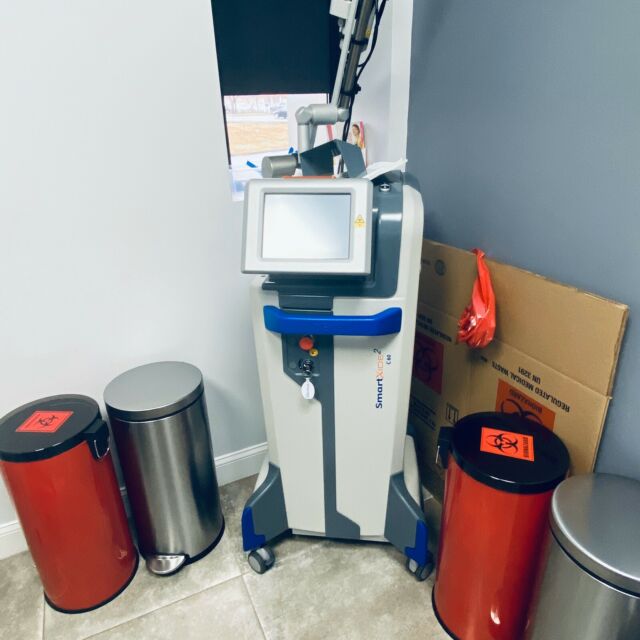
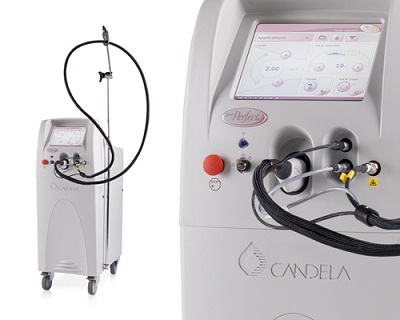

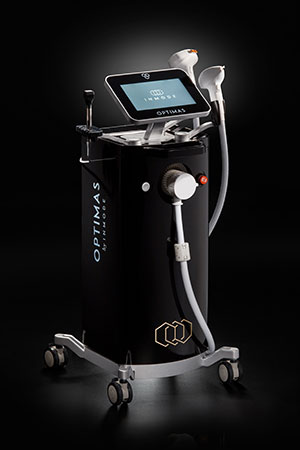

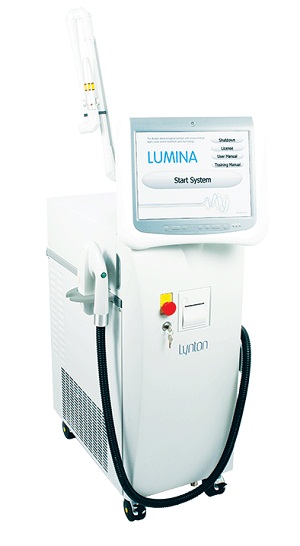

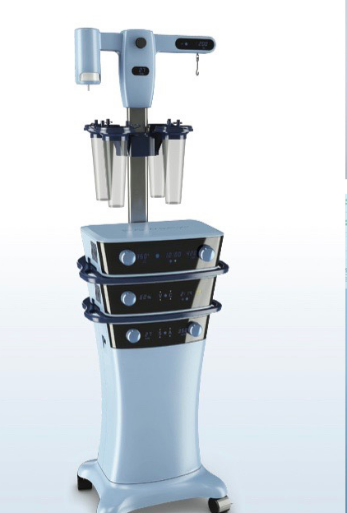

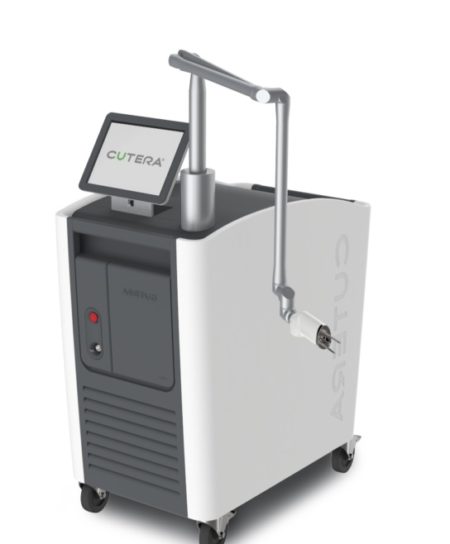
There are no reviews yet.